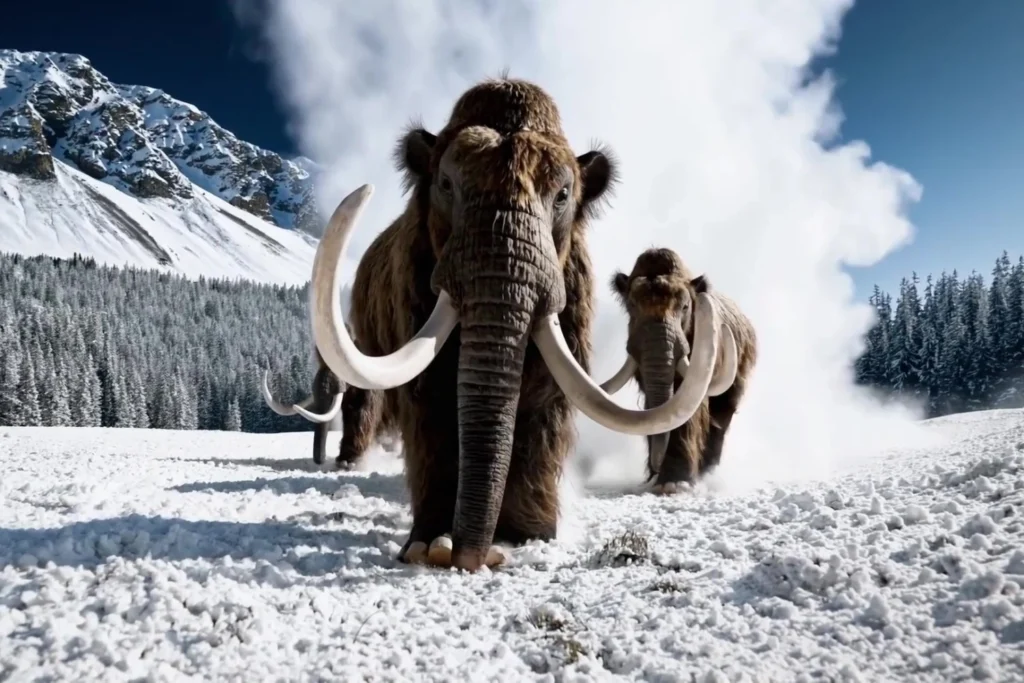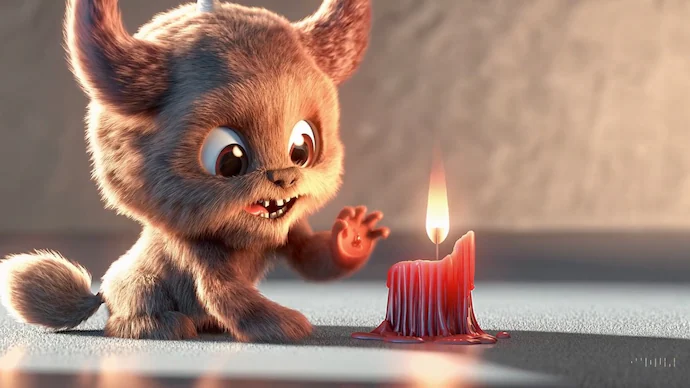Envision crafting a video effortlessly by typing a description of your desired content. The creators of ChatGPT provide a sneak peek into the exciting potential of this innovative capability.
OpenAI, the creators of ChatGPT, have unveiled a remarkable new AI model named Sora. This model has the capability to generate an entire one-minute video based solely on text prompts. The OpenAI Sora blog emphasizes the goal of teaching AI to comprehend and simulate the dynamic physical world, aiming to train models that assist people in solving problems requiring real-world interaction.

OpenAI CEO Sam Altman has showcased the tool on his X account, inviting users to suggest captions for videos they’d like to see generated by Sora. The response from users has been substantial, with many submitting prompts. The shared results appear highly realistic, reflecting the capabilities of Sora in bringing text prompts to life.
https://t.co/qbj02M4ng8 pic.twitter.com/EvngqF2ZIX
— Sam Altman (@sama) February 15, 2024
https://t.co/rmk9zI0oqO pic.twitter.com/WanFKOzdIw
— Sam Altman (@sama) February 15, 2024
OpenAI highlights Sora’s ability to generate complex scenes with multiple characters, precise movements, and detailed backgrounds. The model not only comprehends user prompts but also interprets how these elements would manifest in real-world scenarios. OpenAI notes, “The model has a deep understanding of language, enabling it to accurately interpret prompts and generate compelling characters that express vibrant emotions. Sora can also create multiple shots within a single generated video that accurately persist characters and visual style.”
The introduction of the OpenAI Sora model has generated considerable excitement online. However, popular YouTuber Marques Brownlee, also known as MKBHD, has raised valid concerns about the model. In his post, he points out, “Every single one of these videos is AI-generated, and if this doesn’t concern you at least a little bit, nothing will.” Brownlee draws attention to the potential implications and challenges associated with the widespread use of AI-generated content.
Every single one of these videos is AI-generated, and if this doesn't concern you at least a little bit, nothing will
— Marques Brownlee (@MKBHD) February 15, 2024
The newest model: https://t.co/zkDWU8Be9S
(Remember Will Smith eating spaghetti? I have so many questions) pic.twitter.com/TQ44wvNlQw
The prowess demonstrated by the OpenAI Sora model is undeniably impressive. However, it is essential to exercise caution with a tool that can effortlessly create a one-minute video from basic text prompts, as it holds the potential for misuse. The comparison to the AI-generated viral videos of Will Smith and Scarlett Johansson from early 2023 underscores the significant advancement that Sora represents. The model’s ability to generate uncannily realistic-looking videos marks a substantial improvement in the field of AI-generated content.
Also Read | Sam Altman wants to raise up to $7 trillion for his new AI chip project
OpenAI is actively engaging in discussions regarding safety measures for Sora. The company emphasizes its commitment to implementing various crucial precautions before integrating Sora into its products. This includes collaborating with red teamers—experts in areas such as misinformation, hateful content, and bias—who will conduct rigorous testing to identify potential vulnerabilities in the model. Moreover, OpenAI is working on developing tools to detect misleading content, such as a detection classifier capable of identifying videos generated by Sora. These efforts underscore OpenAI’s proactive approach to addressing safety concerns associated with AI-generated content.
OpenAI is adopting existing safety protocols developed for its products using DALL·E 3, which are relevant to Sora. For example, within an OpenAI product, the text classifier will screen and reject input prompts that violate usage policies, such as those requesting extreme violence, sexual content, hateful imagery, or celebrity likeness. The company has also implemented robust image classifiers to review every frame of generated videos, ensuring compliance with usage policies before user access. These measures demonstrate OpenAI’s commitment to maintaining safety standards and preventing the generation of inappropriate or harmful content.
As of now, Sora is exclusively available to red teamers for scrutinizing critical areas for potential issues or risks. OpenAI is extending access to visual artists, designers, and filmmakers, aiming to collect valuable input on enhancing the model. This inclusive approach allows OpenAI to leverage diverse expertise and perspectives in refining and improving Sora before its broader release, demonstrating the company’s commitment to thorough testing and continuous enhancement.
